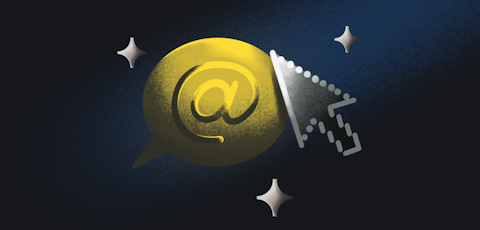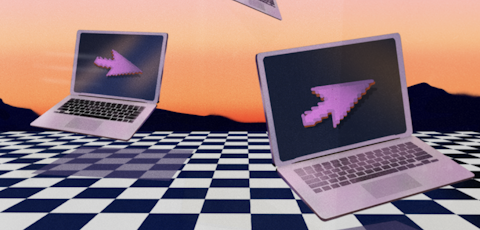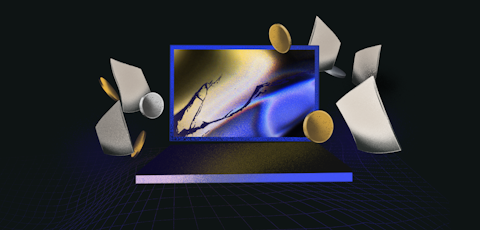What is a Hackathon and how we host them at Paddle

We spoke to Beata Lipska, one of Paddle's Junior Engineers, so she could tell us more about the art of Hackathons, and more about why we love hosting our quarterly Hackathons at Paddle .
What is a Hackathon?
A Hackathon - as scary as it might sound to some - is actually a lot of fun. Typically hosted by tech companies, Hackathons are events that occur over a short period of time, where computer programmers get together to work (at a very rapid rate) on software projects. They team up with other areas of the business to help make their ideas a reality, before presenting their project work to the company. Hackathon events bring forward a lot of collaboration and creativity, and even more caffeine.
The collaboration and creativity of the teams are exactly why we love Hackathons at Paddle. In fact, we host a company Hackathon every quarter (partly to limit the excessive intake of caffeine), with our twelfth Hackathon proving another success at the end of February.
Who’s involved?
At Paddle, Hackathons aren’t just a game for programmers and engineers. These events provide the opportunity for anyone to come forward and show off their skill sets where they may be relevant. Graphic designers, interface designers, and project managers are just a few examples of roles we’ve seen getting involved to create some real software magic.
What’s involved?
Two amazing days of inventing, creating, building, and most of all: having fun. Oh, and prizes - who doesn’t love winning prizes? Here’s a run-through of the different categories you and your team can shine in:
Top Tech - for the most bleeding edge, technologically advanced, and buzzword-compliant innovation
Kino’s Kudos - for the most relevance concerning improving our platform, existing systems, and internal processes
Customer Delight - for the best hack that meets a significant, unmet customer need
People’s Choice - for the favorite hack, voted for by all the Paddlers after Friday’s presentations
Style It Out - for the best pitch, branding, and presentation
How does it work?
The rules are pretty simple: you can build whatever you want and then you have to present it. It doesn’t have to be a Paddle-related project - it can be whatever you want. You can even solve one of the world’s problems in two days; the sky really is the limit.
Once you know what you’re going to build, or what world problem you want to solve, the project work can begin. Then, the Hackathon process should go something like this:
Day one:
- Prepare a blueprint/proto-type/design
- Create a channel of communication (our favorite is Slack)
- Organize a meeting before the Hackathon starts to discuss objectives
- Set up the GitHub repository as the topic of the channel to make it accessible
- Commit directly to the main Git branch - YOLO
- Ensure you have an MVP by the end of the first day (if your product does not work by the end of the first day, you’re in trouble!)
Day two:
- Make your product look great for the presentation
- The presentation itself!
One thing to mention is that remote Hackathons can be tricky, partly with the collaboration and getting the whole team involved, and partly because you need to think up an interesting way to present your product. You want to sell it, just like an advert!
Don’t forget, always be proud of what you and your team have done. It doesn’t matter if it works as expected, or if it looks good or bad. What really matters is that you had a good time doing it.
Why we love Hackathons at Paddle
I personally love Hackathons, and everyone at Paddle knows about it. I’ve never missed one in over two years of being a Paddler.
On my second day as an associate engineer, I actually participated with my SlackBot idea. Whilst I struggled to present my half-finished solution, I had so much fun which is all I needed. The atmosphere of pure joy makes those two special days every quarter something really worth waiting for.
A combination of imagination and creativity can bring you anywhere. There are big businesses that started as Hackathon projects, with one example being EasyTaxi (now cabyfy.com) that raised $75 million from investors.
The best advice I would give to you is to build something that you would use, get the right people on board that share the same values but have different skills, and just crack on. And believe me when I say, you can win!



